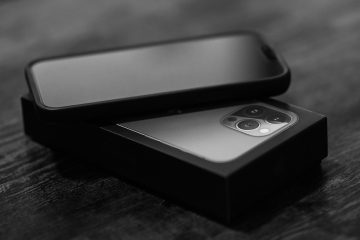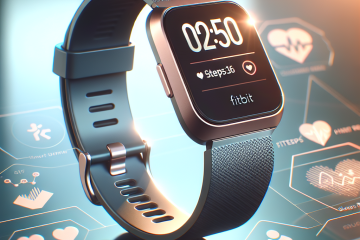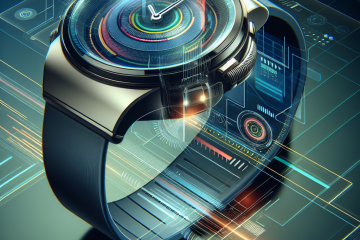Fitbit smartwatch vs. Apple Watch: which is better for you?
Overview
– Fitbit’s current smartwatches (Sense 2 and Versa 4) prioritize health, stress, sleep, and long battery life with simpler “lite” smartwatch features and broad phone compatibility.
– Apple Watch (SE, Series, Ultra) prioritizes premium build, deep iPhone integration, safety features, rich apps, and advanced sports tools, with shorter battery life and iPhone-only compatibility.
Design and comfort
– Fitbit: Slim, lightweight, comfortable for 24/7 wear. Aluminum body, 50 m water resistance. Fewer case options and bands than Apple.
– Apple Watch: Wider range of sizes, materials (aluminum, stainless steel, titanium on Ultra), and bands. Water resistance varies (WR50 on most; WR100 on Ultra). Ultra is rugged and larger; SE/Series are more compact.
Display and controls
– Fitbit: Bright AMOLED, touch-first with a haptic button. Always-on display option reduces battery.
– Apple Watch: Excellent OLED brightness and smoothness, Digital Crown + side button for precise control, best-in-class haptics. Always-on starting with many Series models.
Health and fitness tracking
– Heart rate and ECG
– Fitbit Sense 2: 24/7 heart rate, FDA-cleared ECG app for AFib checks, irregular rhythm notifications.
– Apple Watch Series/Ultra: 24/7 heart rate, FDA-cleared ECG; irregular rhythm notifications. SE lacks ECG.
– Blood oxygen and temperature
– Fitbit: SpO2 tracked mainly during sleep; skin temperature variation and HRV tracked overnight.
– Apple Watch: SpO2 spot checks and background on many Series/Ultra models (availability can vary by region or model); wrist temperature sensors for trends and cycle tracking (Series/Ultra).
– Stress and mindfulness
– Fitbit: Strongest in class for stress with EDA sensor (Sense 2), guided scans, and a daily stress score.
– Apple Watch: Mindfulness app and metrics like HRV and temperature trends; no EDA sensor.
– Sleep and recovery
– Fitbit: Consistently detailed sleep staging, bedtime reminders, snore/noise detection on some models, and a Daily Readiness Score (requires Fitbit Premium).
– Apple Watch: Solid sleep tracking with sleep stages and watchOS Vitals trends; no formal readiness score.
– Exercise and sports
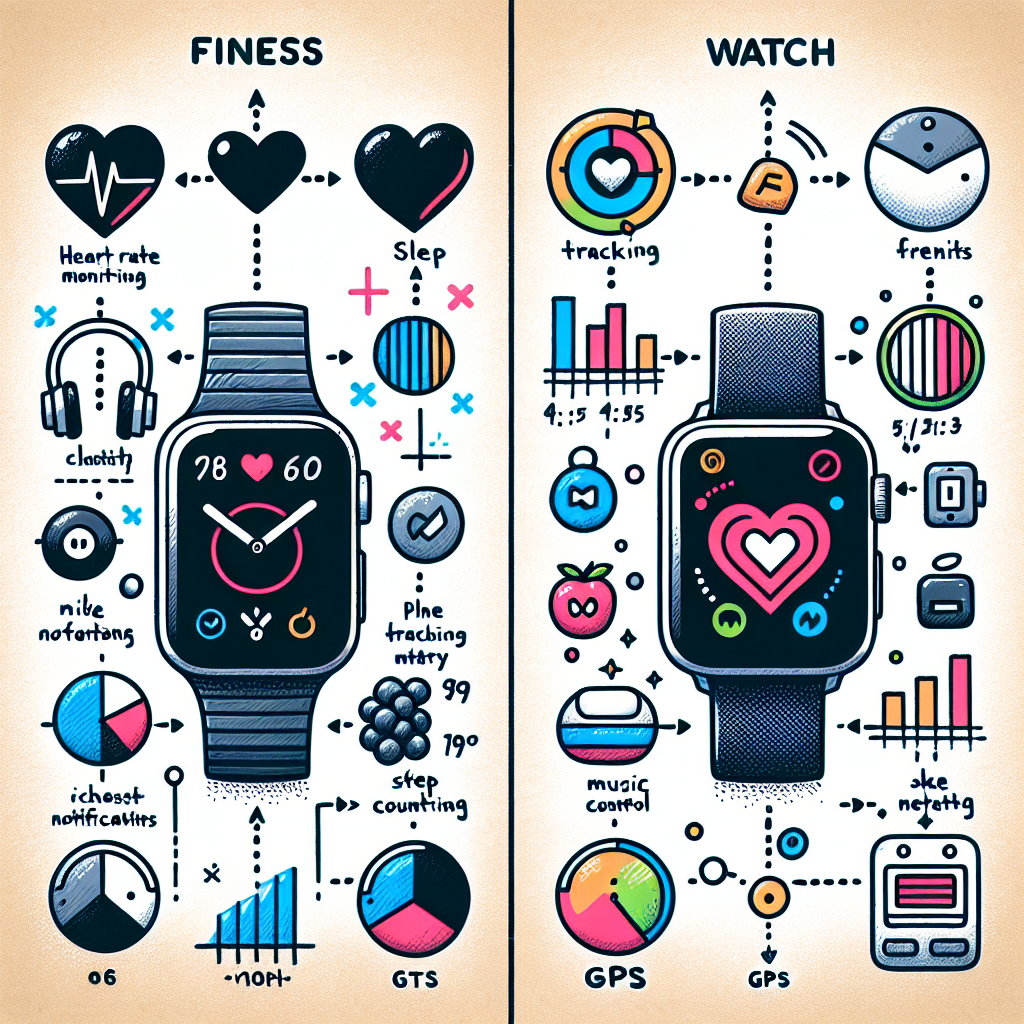
– Fitbit: Built-in GPS on Sense 2/Versa 4, simple coaching, auto exercise detection, basic training metrics.
– Apple Watch: More advanced training metrics (heart rate zones, running dynamics, customizable workouts, power for cycling with sensors). Ultra adds dual-frequency GPS for better accuracy, depth app for water sports, and hardware for outdoor use.
Smart features and apps
– App ecosystem
– Fitbit: Very limited third-party apps on current models; core additions include Google Maps and Google Wallet. No offline Spotify/Deezer on Sense 2/Versa 4.
– Apple Watch: Vast app catalog, robust watch faces/complications, better integrations with services and smart home.
– Voice assistants
– Fitbit: Alexa built-in on supported models. No Google Assistant on Sense 2/Versa 4.
– Apple Watch: Siri is fast and increasingly on-device (Series 9/Ultra 2 and newer), including health queries.
– Calls, messaging, and notifications
– Fitbit: Handles notifications; quick replies mostly on Android. No cellular models; phone must be nearby for calls.
– Apple Watch: Best-in-class messaging/calls with dictation and reply options; optional cellular for untethered use.
– Payments and navigation
– Fitbit: Google Wallet and/or Fitbit Pay depending on region and bank support; turn-by-turn on-wrist with Google Maps.
– Apple Watch: Apple Pay with broad support; excellent Apple Maps integration and third-party navigation options.
– Music and media
– Fitbit: No local music storage on Sense 2/Versa 4; relies on phone control.
– Apple Watch: Local music/podcast storage and streaming with Apple Music, Spotify, etc.; great for phone-free workouts on cellular models.
Battery life and charging
– Fitbit: 3–6+ days depending on model and features; quick, simple charging. Strong choice if you want to charge only a couple of times per week.
– Apple Watch: About 18–36 hours on SE/Series (more in Low Power Mode); Ultra around 36 hours (longer in low power). Fast charging on newer models but you’ll likely charge daily.
Accuracy and performance
– Heart rate and GPS
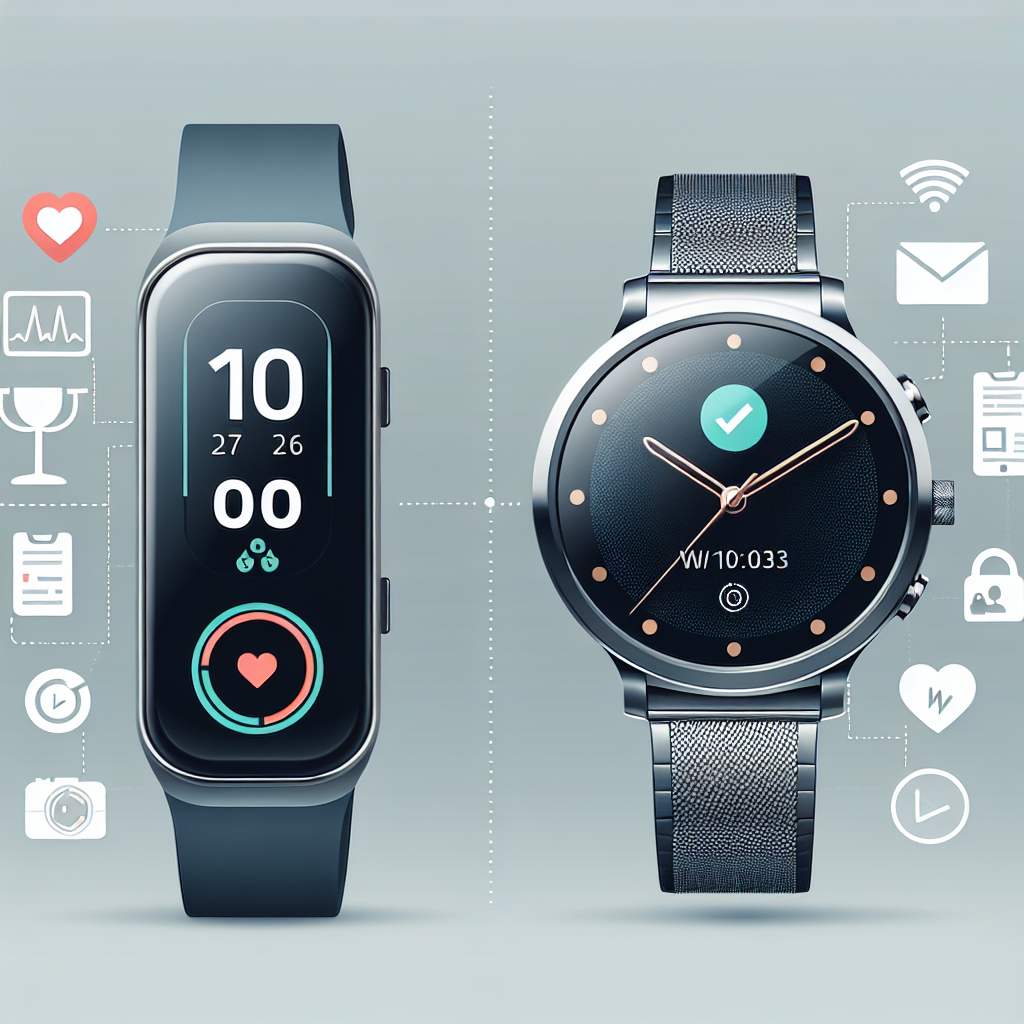
– Fitbit: Good daily HR and decent GPS for most users; occasional route smoothing or pace lag reported.
– Apple Watch: Consistently strong HR accuracy and GPS tracking, especially Ultra’s dual-frequency GPS for urban canyons and trails.
– Safety features
– Fitbit: Fall detection available on newer models; Emergency SOS via paired phone.
– Apple Watch: Fall detection, Crash Detection, Emergency SOS, international emergency calling, and Backtrack; stronger safety suite overall.
Compatibility and ecosystem
– Fitbit: Works with both Android and iOS. Syncs to Fitbit app; some features enhanced by Google services. Replies to messages are best on Android.
– Apple Watch: Requires an iPhone. Deep integration with iOS, Apple Health, iMessage, AirPods, HomeKit, and Apple Fitness+.
Subscriptions and services
– Fitbit Premium: Adds insights, readiness score, detailed sleep analytics, and guided programs; typically around $10/month or discounted annually.
– Apple services: Fitness+ workouts are optional; most health features are included without a subscription.
Durability and materials
– Fitbit: Lightweight aluminum and glass; 50 m water resistance; good for general fitness and sleep.
– Apple Watch: More material choices; sapphire on some models; Ultra is MIL-STD-tested, has better water resistance and a louder speaker for outdoor use.
Pricing and value
– Fitbit: Versa 4 often budget-friendly; Sense 2 midrange with ECG and EDA. Regular discounts make them strong value for health-first buyers.
– Apple Watch: SE is the best entry point; Series adds premium features and sensors; Ultra is expensive but class-leading for outdoor athletes. Higher upfront cost but far more capable as a smartwatch.
Which one should you pick?
– Choose Fitbit if you want multi-day battery life, top-tier sleep and stress tracking, a lighter watch for 24/7 wear, Android compatibility, and a lower price. Be okay with limited apps and fewer advanced smartwatch features.
– Choose Apple Watch if you use an iPhone and want the richest app ecosystem, better safety features, superior training tools, cellular options, polished navigation and payments, and tighter integration with your phone—even if that means charging daily.
Bottom line
– Fitbit smartwatches are health-first companions with excellent battery life and sleep/stress insights at a friendly price.
– Apple Watch is the best all-around smartwatch for iPhone users, with unmatched apps, safety, and performance, but shorter battery life and higher cost.


